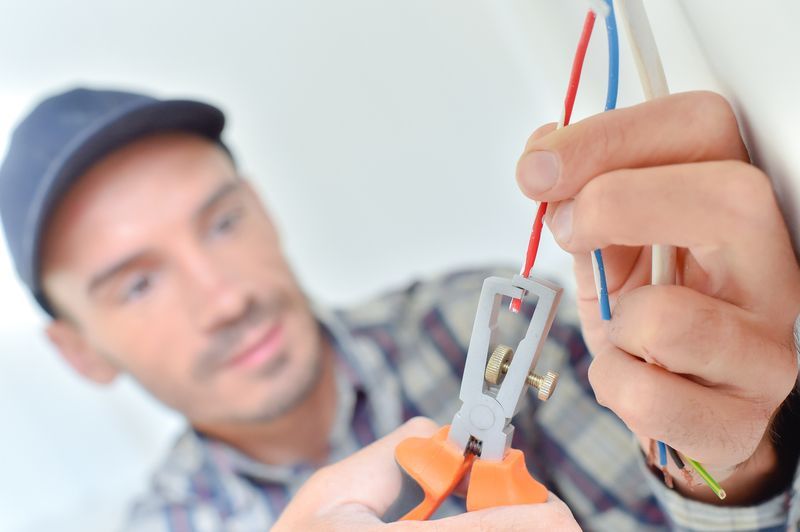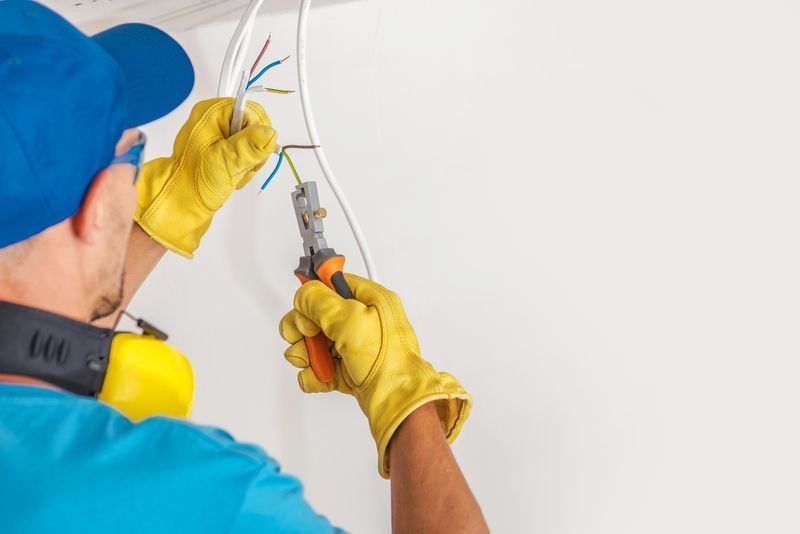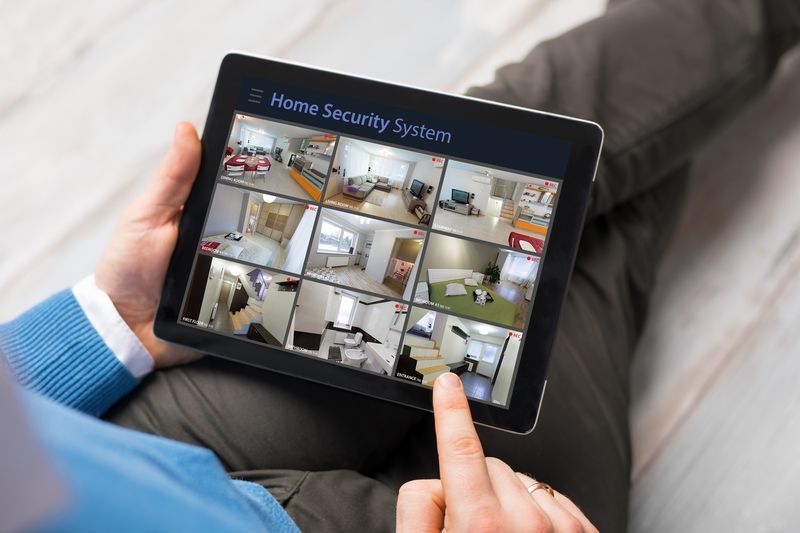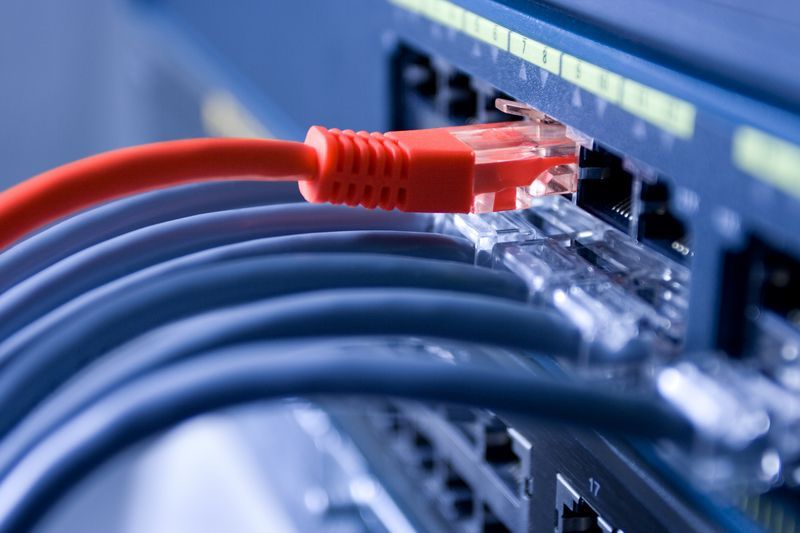Selecting the right network cabling is crucial for an effective security system. The choice of cabling can impact the system's performance and reliability. By understanding the different types of cables and their benefits, anyone can make an informed decision. Proper cabling ensures that security cameras and other devices work seamlessly, providing the necessary protection and peace of mind.
Overview of Advanced Security Systems
In the realm of security, the advancements in technology have been significant, moving from analog systems to highly sophisticated digital solutions. This evolution has led to the integration of advanced security systems that rely extensively on network cabling. From high-definition (HD) cameras that offer unparalleled clarity to analytics tools capable of processing vast amounts of data for security insights, and real-time monitoring devices that ensure immediate response, the infrastructure supporting these technologies is crucial.
The modern security landscape is populated with devices that are far more data-intensive than their predecessors. HD security cameras, for instance, provide detailed images that are essential for accurate identification and forensic analysis. The clarity comes at a cost of increased data size, necessitating robust network cabling solutions capable of handling the high bandwidth requirements. Similarly, analytics tools used in security systems process and analyze video feeds in real-time to detect anomalies or potential security breaches, relying on a seamless data flow that only high-quality cabling can ensure.
Impact of High-Definition on Network Infrastructure
The transition to high-definition security footage is a double-edged sword. While it improves surveillance quality dramatically, it also places a significant strain on network infrastructure. HD video files are substantially larger and require more bandwidth for transmission and more storage space. This elevates the importance of selecting the right type of network cabling that can facilitate fast, secure, and reliable data transmission. Traditional Cat5e cables might fall short in supporting the data demands of HD surveillance, pushing organizations to consider more advanced options like Cat6 or fiber optic cables.
Importance of Real-time Data for Security
The need for real-time data in security systems cannot be overstated. The ability to monitor situations as they unfold enables security personnel to respond promptly, potentially averting crises. This immediacy demands an infrastructure that can manage the continuous flow of large volumes of data with minimal latency. The role of network cabling in this context is critical. It's not just about capacity but also the resilience and reliability of the cabling solution to ensure that data is not only transmitted quickly but also securely, without the risk of interception or loss.
Addressing the challenges posed by these advanced security systems requires a strategic approach to network cabling. Understanding the specific needs of high-definition cameras, analytics tools, and real-time monitoring devices, and ensuring the network infrastructure is equipped to handle these demands, is essential for maintaining the efficacy and reliability of modern security systems.
Cabling Requirements for High-End Security Systems
As the complexity and sophistication of security systems increase, so does the importance of selecting the right type of network cabling to support them. High-end security systems require a robust infrastructure capable of handling not just the current data load but also future demands.
Types of Cables Used in Security Systems
In security systems, the choice between copper, fiber optic, and wireless solutions is dictated by several factors including distance, data rate requirements, and environmental conditions. Copper cables, like Cat6 and Cat6a, are typically used for shorter distances and offer the advantage of being cost-effective and easy to install. For higher data transmission speeds over longer distances, fiber optic cabling is preferred as it can support more bandwidth and is immune to electromagnetic interference. Wireless solutions, while offering the convenience of installation where cabling might be impractical, usually face limitations in terms of bandwidth and security vulnerabilities compared to wired connections.
Bandwidth Considerations
Calculating the required bandwidth for a security system involves understanding the data load from all connected devices, including cameras, sensors, and analytics tools. High-definition and 4K cameras, in particular, require more bandwidth for transmitting their video feeds. The role of network cabling in supporting these needs is crucial. Selecting a cable with insufficient bandwidth can lead to bottlenecks, reducing the system's efficiency and reliability.
Ensuring Secure Data Transmission
The integrity and security of data transmission are paramount in security systems to prevent breaches and unauthorized access. Implementing encryption within the network cabling infrastructure helps protect data in transit. Choosing secure cabling solutions and following best practices in network design can significantly reduce vulnerabilities. For instance, shielded twisted pair (STP) cables offer an added layer of protection against external interference and potential eavesdropping.
Latency Issues and Solutions
Latency in networked security systems can undermine the goal of real-time monitoring and swift response to security incidents. Factors that contribute to latency include the length of cabling, the type of cable used, and the network's overall architecture. Minimizing latency requires meticulous network design, opting for high-quality cables specifically suited for the distances and speeds required, and leveraging network switches and routers that can efficiently manage data traffic.
The backbone of high-end security systems lies not just in the technologies deployed but in the capability of the network cabling infrastructure to effectively support these technologies. Understanding and addressing the cabling requirements can ensure that security systems are not only efficient and reliable but also scalable for future expansion.
Best Practices and Recommendations for Advanced Security Systems Cabling
Ensuring your advanced security system is built on a solid foundation requires careful planning and adherence to best practices. This final part of our series explores crucial recommendations for choosing and maintaining the right cables for your security system, future-proofing your network, and emphasizing the importance of professional installation.
Choosing the Right Cables for Your Security System
Selecting the right type of cable is the first step toward a reliable and efficient security system. Factors such as the distance between devices, bandwidth requirements, and environmental conditions play critical roles in this selection process.
Copper vs. Fiber Optic
For installations where high bandwidth and long distances are involved, fiber optic cables are preferable due to their superiority in speed and reliability over great lengths. Copper cabling, with options like Cat6 or Cat6a, can be sufficient for shorter distances and is more cost-effective for smaller systems.
Environmental Considerations
In environments where cables might be exposed to harsh conditions, it’s essential to select cables designed to withstand such environments. Outdoor or industrial-grade cables can offer added protection against moisture, temperature variations, and chemical exposure.
Future-proofing Your Network for Scalability
As security technologies evolve, your system’s infrastructure must be able to support new capabilities and higher data loads. Planning for future scalability involves:
Over-Provisioning Bandwidth
Installing cables that support higher bandwidth than currently needed can save significant time and expense in future upgrades.
Modular Design
Implementing a modular approach to network design allows for easier expansions or modifications as your security needs change.
Professional Installation and Maintenance
The complexity of advanced security systems makes professional installation and maintenance a necessity. Proper installation ensures that the system performs optimally from day one, while regular maintenance helps prevent potential issues before they arise.
Certifications and Standards
Ensuring that installation professionals adhere to industry standards and possess the necessary certifications can greatly impact the performance and reliability of your security system.
Ongoing Maintenance
Regular checks can help identify and rectify any emerging issues with the cabling infrastructure, preventing failures that could compromise security.
The backbone of any advanced security system is its network cabling infrastructure. By understanding the various cabling options and considerations, you can ensure that your system is not only suited to your current needs but also equipped to handle future advancements. Choosing the right cables, planning for scalability, and insisting on professional installation and maintenance are all practices that set the stage for a robust, reliable security system. Remember, the effectiveness of your security measures is only as good as the network that supports it. Investing wisely in your cabling infrastructure is investing in the long-term security and safety of your premises.
Ready to enhance your security system with the perfect network cabling? Contact Data Cabling Service today for expert advice and top-notch solutions. Let our team help you choose the best cabling options to ensure your security setup is reliable and efficient.











